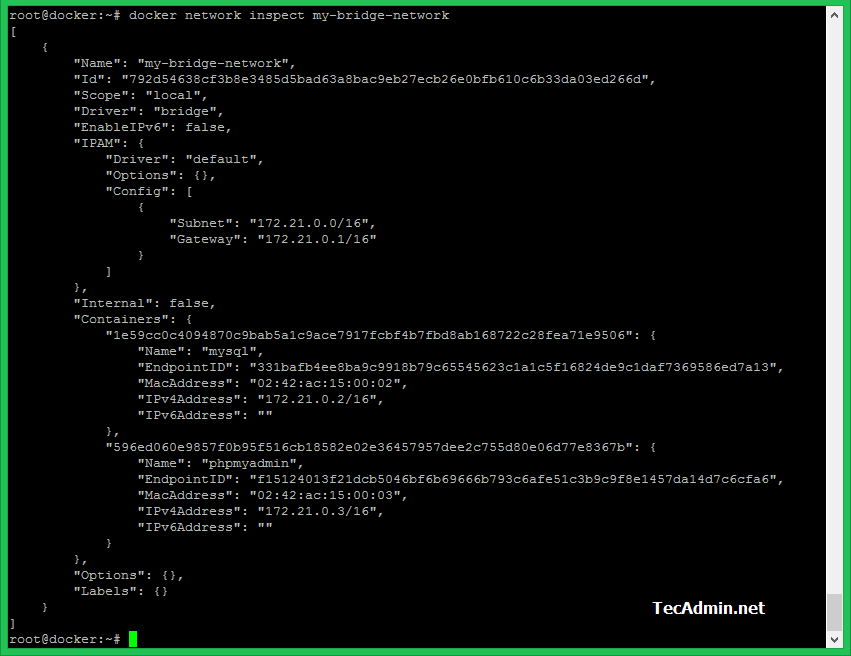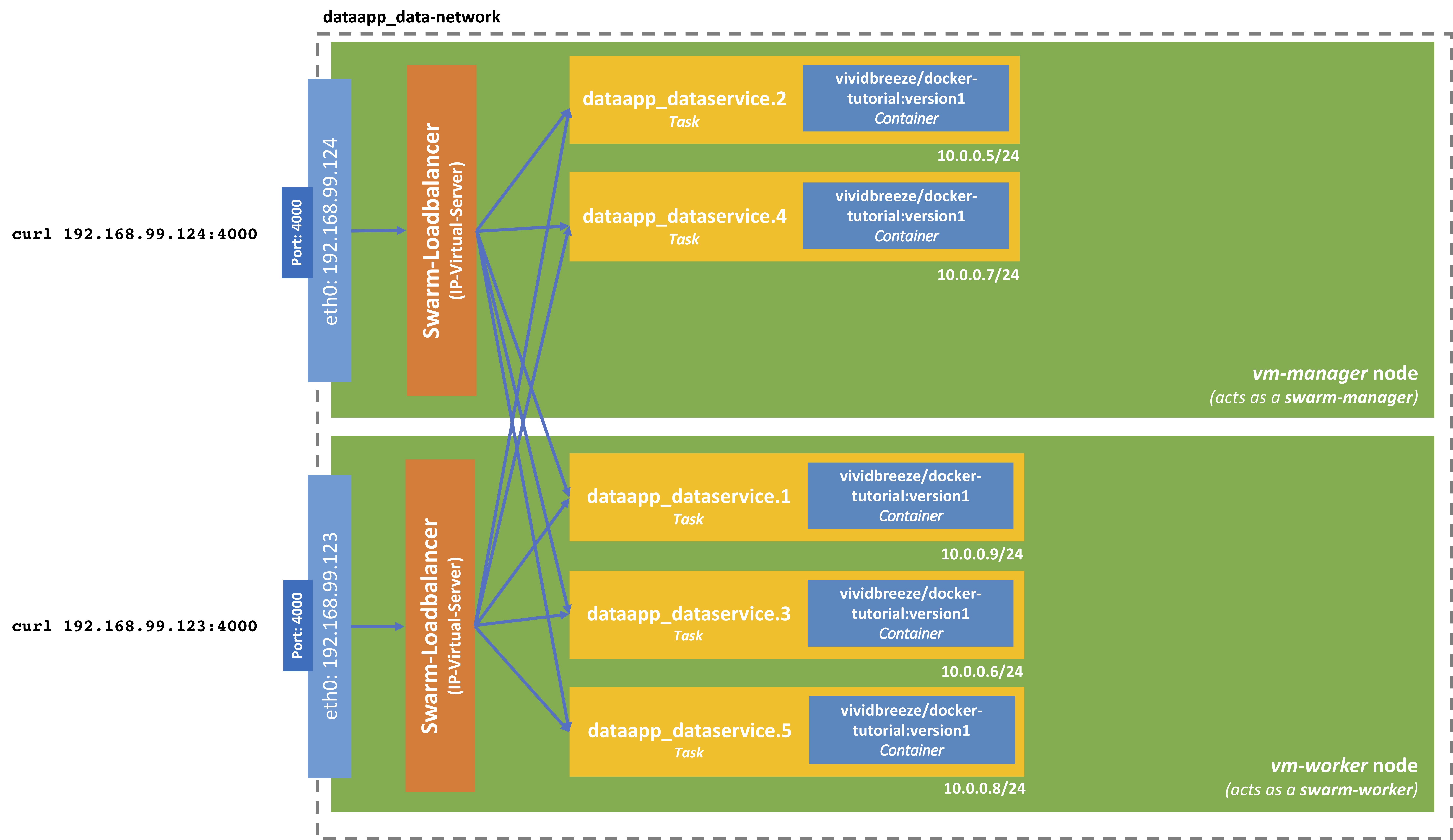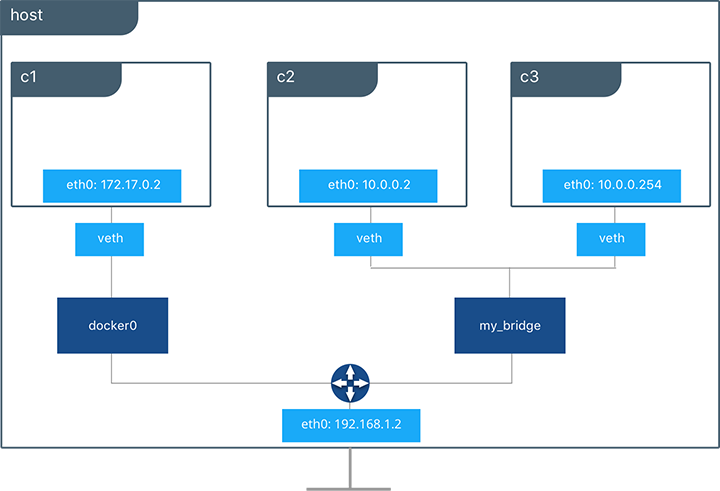
When it starts up, a default network is created. Default scenario: Two separate docker-compose.yml and two separate default networks 🔗 The desired result was to be able to define a docker-compose.yml in one file, and in a second docker-compose.yml have the ability to reach the first service via service or container name for development purposes. This scenario came from a question I was asked docker-compose and network connectivity between services defined in different docker-compose.yml files. While similar, you do not simply clone the default0 network, so you get some new features and lose some old ones.How to link multiple docker-compose services via network Creating a bridge networkīridge networks (similar to the default docker0 network) offer the easiest solution to creating your own Docker network. This lets you build a “hub” of sorts to connect to multiple networks and separate concerns.

A container with attachments to multiple networks can connect with all of the containers on all of those networks.

Containers can communicate within networks but not across networks. You can create multiple networks with Docker and add containers to one or more networks. This enables a container to attach to your host’s network (meaning the configuration inside the container matches the configuration outside the container). This container only has a local loopback interface (i.e., no external network interface). This offers a container-specific network stack that lacks a network interface. It’s better to define your own networks instead. Just because you can use them, does not mean you should. However, these error-prone techniques require unnecessary complexity. The Docker bridge supports port mappings and docker run -link allowing communications between containers on the docker0 network.

You must connect containers with the -link option in your docker run command. Docker does not support automatic service discovery on bridge. If you have containers running on your network, docker network inspect displays networking information for your containers.Īny containers on the same network may communicate with one another via IP addresses. Docker automatically creates a subnet and gateway for the bridge network, and docker run automatically adds containers to it.


 0 kommentar(er)
0 kommentar(er)
